Planting a 'Hedgerow'
ezzirah011
14 years ago
Related Stories
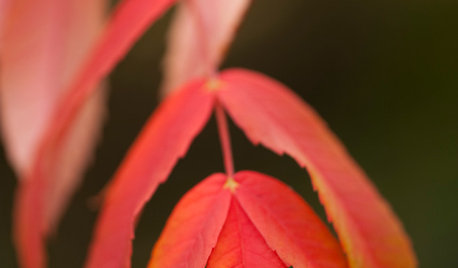
GARDENING GUIDESGreat Design Plant: Rhus Glabra
Smooth sumac provides powerful jolts of fall color and persistent fruit clusters that add interest through the winter
Full Story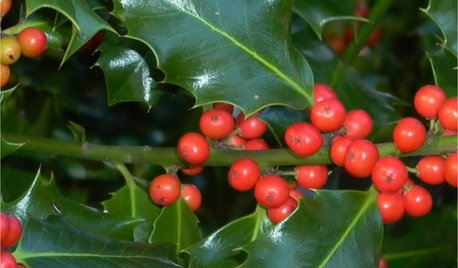
GARDENING GUIDES9 Holly and Ivy Plants for Good Tidings in the Garden
Spread Christmas joy all year round with the gorgeous foliage and bright berries of these evergreen plants
Full Story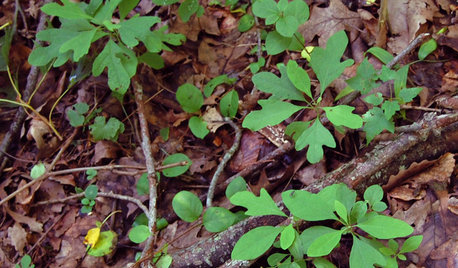
GARDENING GUIDESGreat Design Plant: Sassafras Albidum
This eastern native tree has beautiful foliage, a spicy aroma and a rich history
Full Story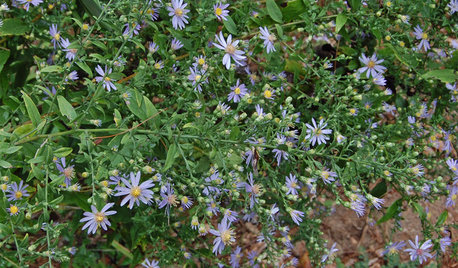
GARDENING GUIDESGreat Design Plant: Symphyotrichum Shortii
Shade-tolerant Short's aster extends the fall season with color and food for pollinators
Full Story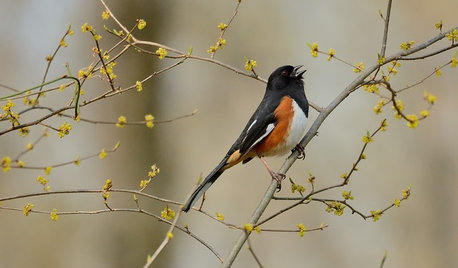
GARDENING GUIDESGreat Design Plant: Lindera Benzoin Offers 3-Season Interest
Support wildlife and enjoy the aromatic leaves of this U.S. native also known as spicebush, Benjamin bush and spicewood
Full Story
GARDENING GUIDESGreat Design Plant: Sambucus Nigra
Common elderberry is a highly adaptable shrub from the eastern U.S., with berries galore for wildlife and humans alike
Full Story
GARDENING GUIDESGreat Design Plant: Anemone Canadensis Adds Pizzazz to Water’s Edges
Plant Canadian anemone along pond, lake or stream edges for a splash of white flowers in late spring
Full Story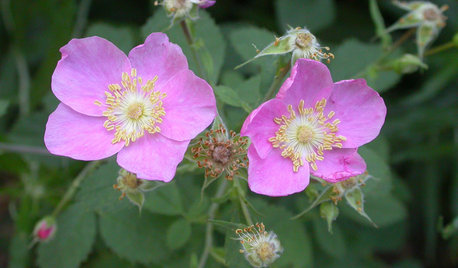
GARDENING GUIDESGreat Design Plant: Rosa Californica
Plant California wild rose for easy care and a touch of romance in your native garden
Full Story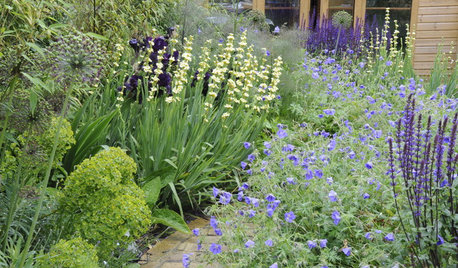
PLANTING IDEAS5 Ways to Use Pastel Plantings in Contemporary Gardens
Learn how pink, lilac, lavender, cream and peach can bring a soft beauty to your landscape
Full Story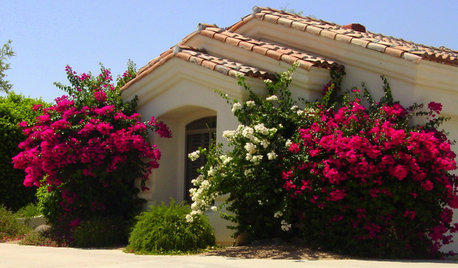
LANDSCAPE DESIGNGreat Design Plant: Sun-Loving Bougainvillea Showers Yards With Color
Bring unbeatable vibrancy to a garden or wall with this unfussy and trainable shrub packed with colorful bracts
Full Story


Okiedawn OK Zone 7
mulberryknob
Related Discussions
New House - please help with IDs!
Q
hedgerow in the shade
Q
Need your expert opinions / advice!
Q
shrubs for shade
Q
ezzirah011Original Author
seedmama
mulberryknob
ezzirah011Original Author
susanlynne48
spademilllane
ezzirah011Original Author
Okiedawn OK Zone 7
ezzirah011Original Author
seedmama
Okiedawn OK Zone 7
spademilllane
ezzirah011Original Author
Okiedawn OK Zone 7
scardanelli
ezzirah011Original Author
mrsfrodo
ezzirah011Original Author
Okiedawn OK Zone 7
ezzirah011Original Author
mrsfrodo